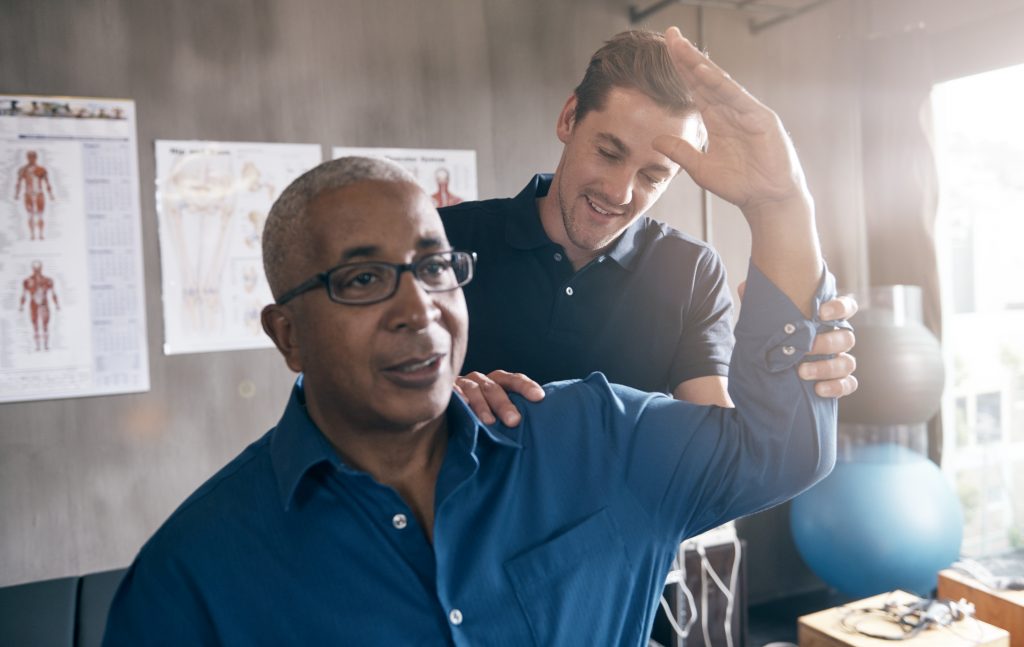New Insights Into Controlling Pain
Published: December 28, 2020
The search for pain control is as old as humankind. Translations of ancient scrolls and inscriptions on pyramid walls reveal “prescriptions” for relieving pain. Today, high-tech research techniques are helping doctors unlock the mysteries of pain and develop treatments that improve the quality of life of many patients.
When we’re experiencing pain, it helps to understand what pain is. Pain is a signal from our bodies that something is wrong. Without pain, we wouldn’t know that we were too close to a fire, or that we had stepped on a nail. We wouldn’t recognize a case of appendicitis. This type of pain, which results from an injury or sudden illness, is called acute pain. It normally goes away after the underlying problem is solved.
But some conditions cause pain of long duration, called chronic pain. Arthritis, osteoporosis, migraine headaches, cancers, angina, digestive disorders, shingles and diabetes can hurt for a long time. Pain might persist even after the original cause clears up. In some cases, patients experience pain for no apparent reason. Pain specialists consider this type of chronic pain as a disease in its own right.
Fortunately, the field of pain research has come a long way in the past few decades. Neurological studies have revealed much about the mechanisms of pain and have led to a greater array of treatments. This might include medications, including prescription and over-the-counter pain relievers; muscle relaxants; steroids; antidepressants; and topical medications. It’s important to take all medications as directed.
Beyond medications
Medications are far from the only solution. Physical therapy is also used to help patients not only improve their underlying problem, whether that is recovery from surgery, injury or stroke, but also to deal with long-time intractable pain. The tools of physical therapy include hands-on treatments (such as massage, ultrasound, hot and cold treatments), biofeedback, training to help patients use their bodies in ways that reduce pain, and much more.
We also know more today about the brain-body connection of pain. People who are living with chronic pain can feel discounted and insulted when someone says “It’s all in your head.” But studies show that the way we think about pain can make a real difference in how we perceive it, and how it affects our lives.
It’s not just a matter of having a “good attitude” about pain—again, people experiencing chronic pain have every right to chafe when someone tells them that! On the other hand, most of us have experienced something like this: We feel a mysterious twinge. We pay a lot of attention to it, and wonder what’s causing it. Our experience of the pain intensifies as we worry it might be something serious. But once we receive a diagnosis, chances are our pain level will decrease even as we walk out the doctor’s office door. There is a powerful connection between pain and anxiety!
Breaking the pain cycle
So, learning about our pain and what’s causing it is the first step. The second step is to translate this knowledge into new confidence to be physically active. People who are in pain often fear that physical activity will worsen their condition. If they have, for example, arthritis or chronic lower back problems, they might take to the couch. In turn, the resulting loss of strength and stamina increases their pain level. Studies show that worrying about pain can slow us down even more than pain itself, and lead to a cycle of decline.
But patients who receive instruction in safe ways to exercise gain confidence. Trained to know which movements are safe, and which sensations are normal and not harmful, patients feel less pain and anxiety. They not only reap the benefits of exercise, but also experience less pain during their workout.
Don’t take pain for granted. Talk to your healthcare provider if you are experiencing pain. Ask about a referral to a pain specialist or physical therapist. Remember, untreated acute pain can become established as chronic pain. The longer we ignore pain, the more likely it is to persist.
Welbrook Farmington experts offer a wide array of pain management options for our guests. Ask us about our state-of-the-art treatment, provided by compassionate staff in our beautiful surroundings.


